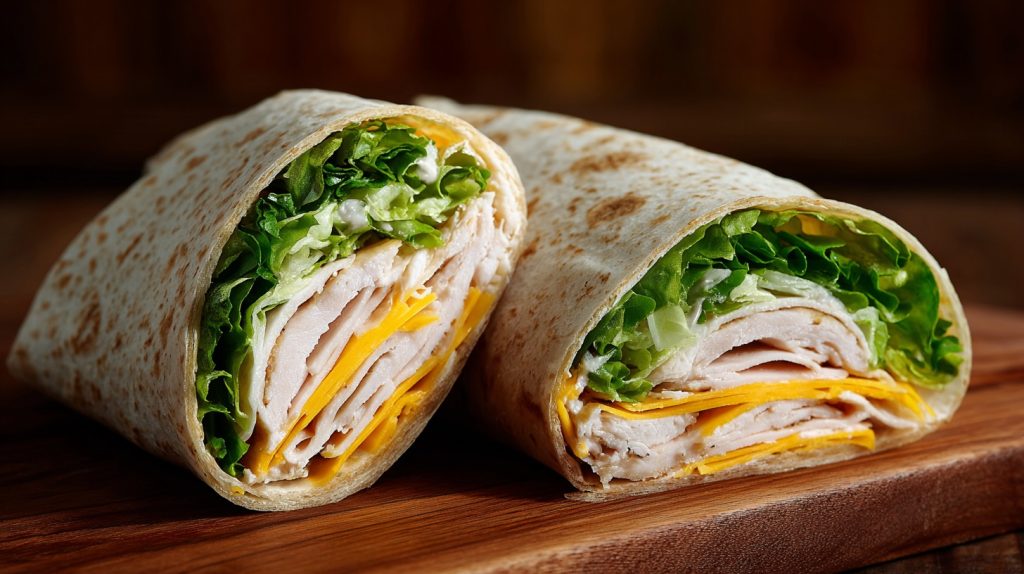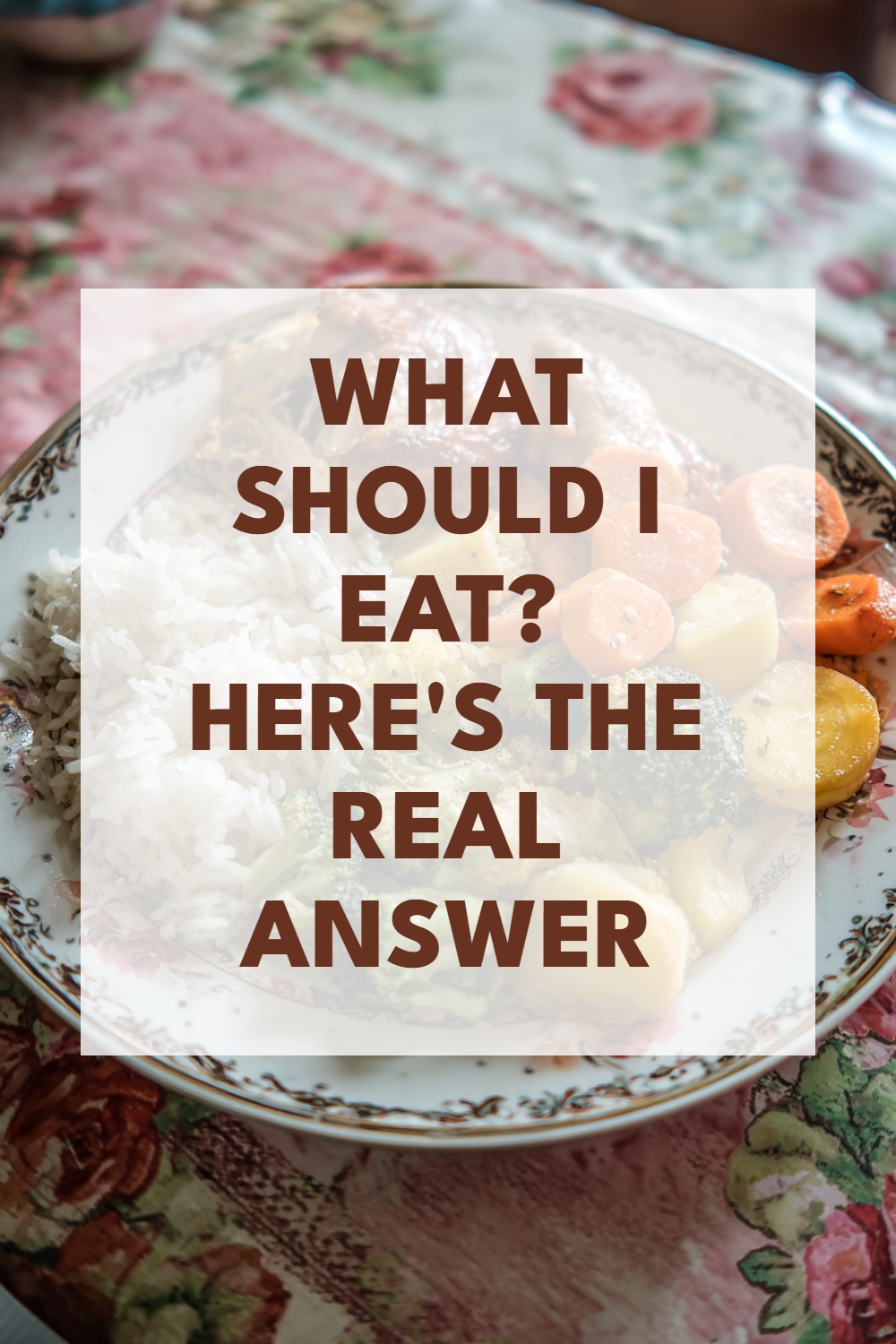If you’ve ever opened the fridge and asked yourself, “What should I eat?” you’re not alone.
It’s one of the most common food questions out there.
But most people don’t ask it because they’re totally clueless about food.
They ask because they’re overwhelmed, tired, or trying not to mess it up.
It’s Not a Lack of Information
Most people already know the basics.
You don’t need another food pyramid or list of “good” and “bad” ingredients.
The issue is usually decision fatigue.
You’ve made a hundred choices already today, and now dinner feels like the final straw.
Or you’re trying to get it right and avoid “wasting” a meal on something unhealthy or unsatisfying.
That pressure can freeze you up.
So the first thing to understand is this:
The problem probably isn’t food knowledge.
It’s the pressure and confusion wrapped around it.
You Don’t Need a Perfect Plan
There’s this belief that eating well means having a detailed plan every week.
Like, if you don’t have color-coded meal prep containers or a Pinterest-worthy grocery list, you’re failing.
That’s not true.
Most people do better with a handful of simple meals they can rotate.
A basic plan you can actually stick to beats a perfect one you drop by Wednesday.
So instead of asking, “What’s the perfect thing to eat today?” try:
“What’s something decent I can pull off right now?”
Start With What You Already Eat
You don’t have to change everything.
Actually, it’s better if you don’t.
Look at what you already eat and figure out how to upgrade it.
If you usually eat toast for breakfast, can you add some eggs or nut butter for protein?
If lunch is a sandwich and chips, can you swap the chips for some fruit or veggies?
These are low-stress tweaks that make a real difference over time.
Anchor to Your Real Life
Healthy eating has to fit your life, not some ideal version of it.
If you don’t cook much, now’s not the time to start experimenting with complex recipes.
If you’re a picky eater, forcing yourself to choke down kale isn’t sustainable.
Build your meals around the foods you already like.
Then layer in small improvements.
You’re not failing if your meals are basic.
You’re just being realistic.
Patterns Matter More Than Individual Meals
People put a lot of pressure on individual choices.
“What should I eat right now?” becomes a high-stakes decision.
Try zooming out.
What have you eaten over the past few days?
What’s coming up tomorrow?
One less-than-ideal meal won’t ruin your progress.
And one great meal won’t fix everything either.
The pattern is what matters.
Aim for balance over time, not perfection in every moment.

Use a Simple 3-Step Framework
When you’re not sure what to eat, fall back on this:
- 1 protein
- 1 fruit or veggie
- 1 carb or fat
It doesn’t need to be fancy.
It could be grilled chicken, a piece of fruit, and toast.
Or canned beans, frozen veg, and rice.
The point is to cover the bases without overthinking it.
Having a framework helps reduce decision fatigue.
It gives your brain somewhere to land.
Have a “Fallback List”
There will be days when your brain just refuses to make decisions.
That’s why a short list of go-to meals is helpful.
Meals you like, that feel good, and that don’t take much effort.
They don’t have to be impressive.
Something like:
- Scrambled eggs and toast
- A burrito bowl with whatever’s in the fridge
- Pasta with some veggies and olive oil
- A smoothie with fruit, protein, and peanut butter
- A turkey sandwich and some carrots
This isn’t laziness.
It’s smart planning for real life.
Grocery Shop With a Loose Plan
You don’t need a rigid plan for every meal.
But a loose structure helps you shop with more ease.
Think in categories:
- A few proteins
- Some easy-to-prep fruits and vegetables
- Your favorite carbs
- A couple convenience items (like frozen meals or pre-washed greens)
The goal is to have the pieces on hand so putting meals together isn’t such a chore.
You don’t need to know exactly what you’ll eat each day.
You just need options.
The Question Isn’t Going Away – But the Stress Can
You’re going to keep asking, “What should I eat?”
But if you can shift your mindset and simplify your choices, it doesn’t have to be a stressful question.
It can just be another small decision in your day – one you feel confident making.
You’re not looking for the “right” food.
You’re looking for something doable, nourishing, and good enough for right now.
That’s the truth about what to eat.
It’s not a test.
It’s a practice.
And you’re allowed to keep learning as you go.

